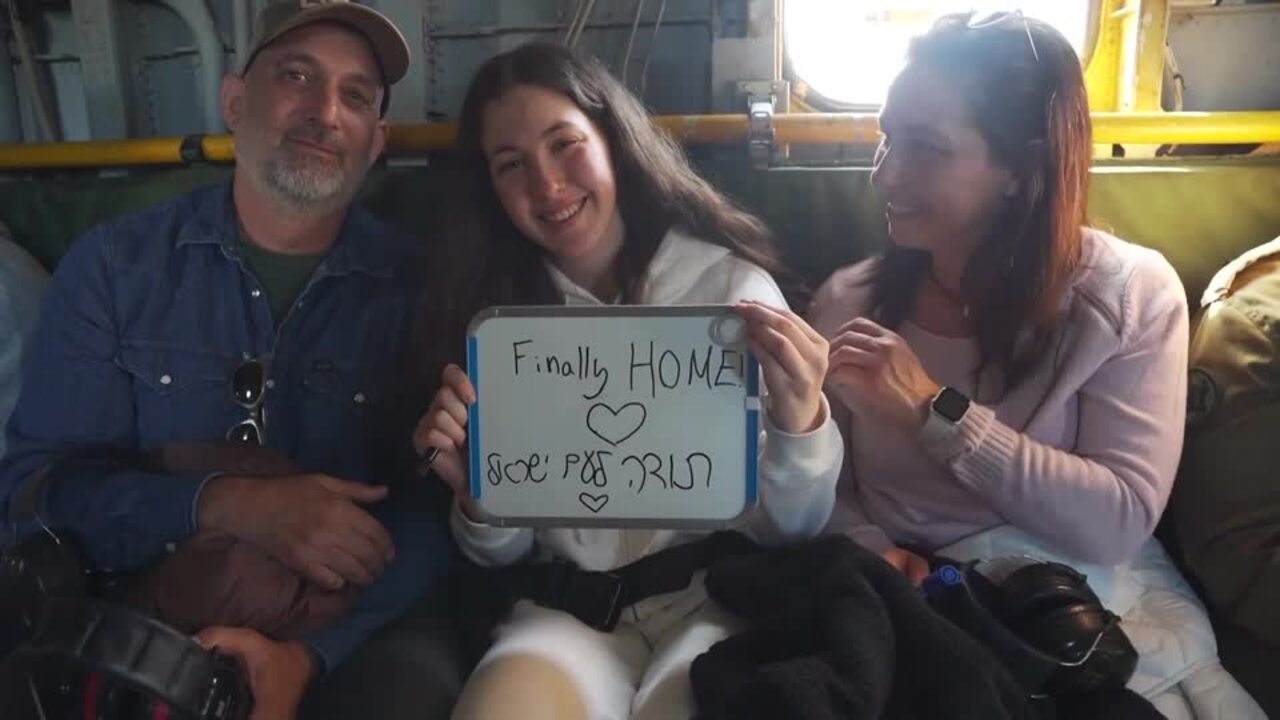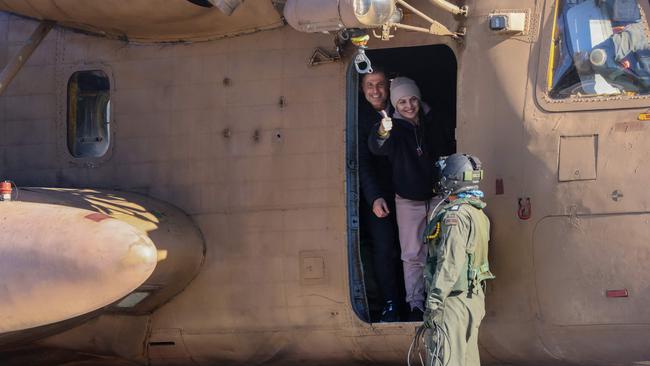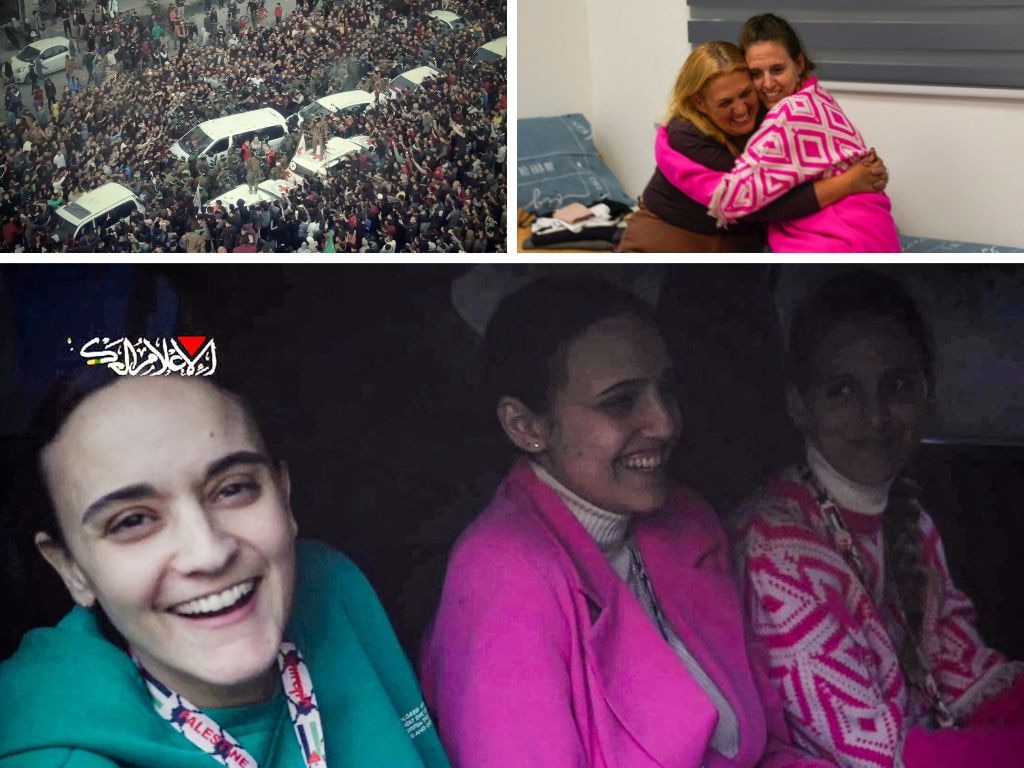Freed Israeli hostages had shrapnel in their bodies from October 7 attack
The first details are emerging about the condition of the seven hostages held by Hamas for 15 months.

Some of the Israeli women released by Hamas over the past two weeks still had shrapnel in their bodies from untreated wounds they suffered in the attack on October 7, 2023, according to an Israeli medical official, as the first details emerged on the condition of hostages held for 15 months.
The seven women received poor medical care while in captivity and are facing complex mental-health issues now, said Col. Avi Benov, the deputy chief of Israel’s military medical corps, who added that some of them spent eight months in tunnels.

The women – three civilians and four soldiers – are suffering from malnutrition and metabolic problems, he said.
In the days leading up their release, they were given better food and access to showers.
“They tell us it was horrible for the past few months, ” said Benov. “And just a few days before going back, it gets a little bit better.”

Benov said that some of the women were held together, but others were held alone.
Those held together generally fared better than those held alone.
At least one Israeli female soldier was held in prolonged isolation and emerged whispering because she wasn’t used to speaking to people, according to former hostages who were held with her in November 2023.
One released hostage held with two of the female soldiers said the militants holding them wouldn’t let her comfort or hug them.
At least some of the women had identifiable wounds upon their release.
Emily Damari, who was released on January 19, emerged with a bandaged hand.
Photos of her hand released later showed she was missing part of two of her fingers.

Israeli hospitals have been preparing for months to treat returning hostages, including using actors from the military’s theatre group and poring over medical records and hostage videos to glean information that could help aid their treatment.
The first teams receiving the women from captivity say they have established a gradual process to reintroduce them to freedom.
One of the first things they do is provide the women with small choices, such as whether they want to eat or shower, or laying out options for what they want to wear and offering them nail polish.
It is a process psychologists call grounding, aimed at allowing them to reassert control after they haven’t been allowed to make choices for themselves for a prolonged period.
“This is a very severe trauma that they have been through, the kidnapping and what’s been happening in captivity, the isolation,” said Lt. Col. Uzi Becor, the commander of an Israeli military unit responsible for the initial reception of released hostages.
“It is a process. Not everything you’ll see in the first days.”

The state of hostages tends to differ depending on who held them and where, their own coping mechanisms, and whether they were kept in isolation or with others, according to medical professionals and released hostages.
Many of the released hostages said they were afraid of the Israeli bombing.
Hospitals that received the hostages have tried to ease the women into their care, delaying many of their most thorough medical checks until a day after their intake, said Steve Walz, a spokesman for Ramat Gan’s Sheba Medical Centre, which has cared for more than 40 released hostages since the war started.
At Petah Tikva’s Beilinson Hospital, designated medical staff are assigned to each hostage and are required to mark their phones with red tape, to ensure the privacy of the hostages and prevent leaks to the media, said Eytan Wirtheim, the hospital’s director.
Benov wouldn’t provide information on whether specific hostages suffered abuse or torture in captivity.
The Wall Street Journal has previously reported that some hostages faced varying degrees of sexual threats and violence.
A December 2024 report by the Israeli Ministry of Health described abuse of hostages that included branding minors and beating and starving men.
The United Nations has also said that there was clear evidence of “sexual violence, including rape, sexualised torture, and cruel, inhuman and degrading treatment” against some women and children held in Gaza, according to a March 2023 report.
The UN said it had reasonable grounds to conclude that such violence was continuing.
The Wall Street Journal





To join the conversation, please log in. Don't have an account? Register
Join the conversation, you are commenting as Logout